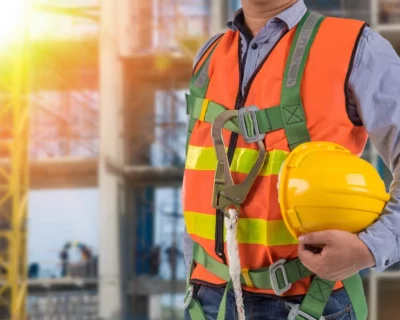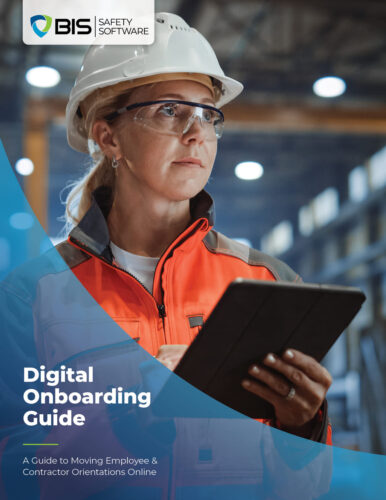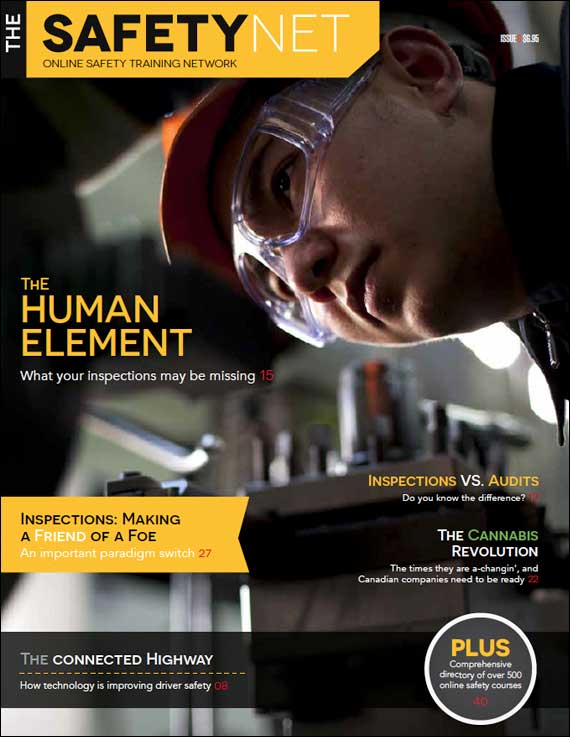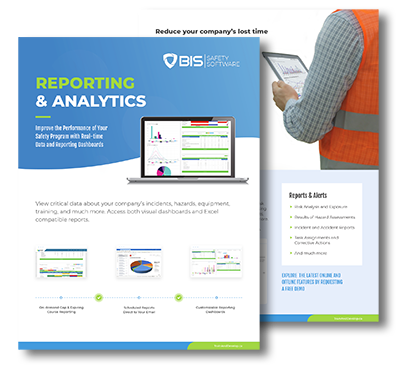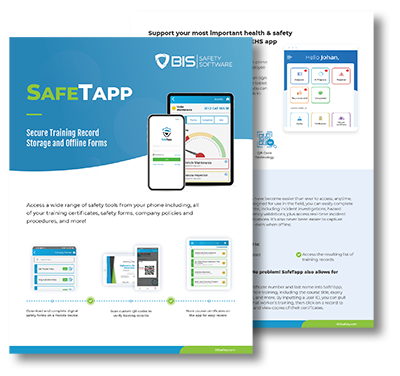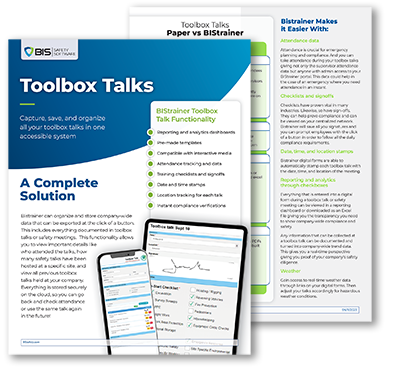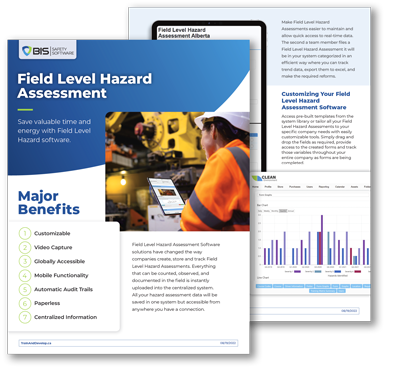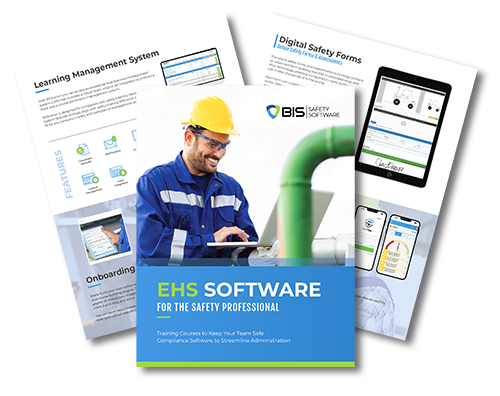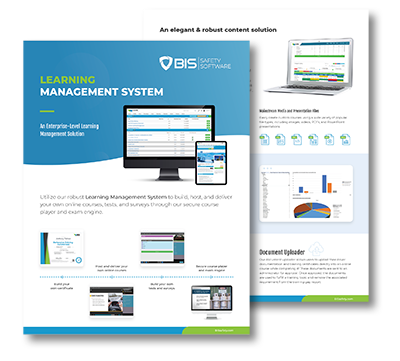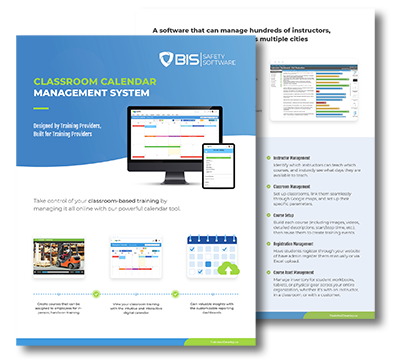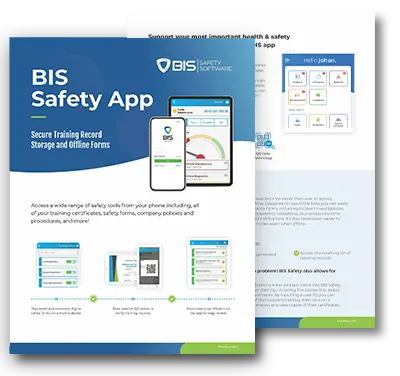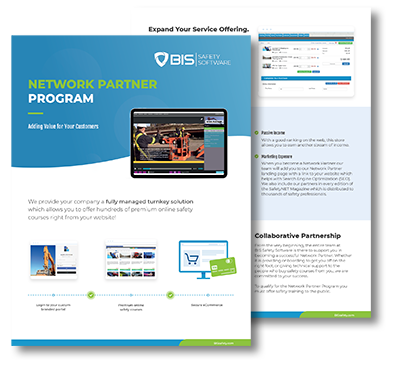
Gas Detection: Defending Against Invisible Hazards
When hazards announce themselves, a loud crack, a slippery floor, or smoke, most people react instinctively; gases rarely grant that luxury. Invisible and often odorless at dangerous levels, hazardous atmospheres can injure over time or become fatal within minutes in spaces that appear routine, which is why a robust gas detection program is non-negotiable for high-risk work.
Can We Rely on Human Senses Alone to Detect Hazardous Gases?
No, human senses are unreliable for gas hazards due to odor fatigue, variable gas behavior, and rapid atmospheric changes that outpace smell or sight. Hydrogen sulfide can deaden the sense of smell at higher concentrations, while lighter gases can stratify above breathing height, making sensory checks dangerously misleading without instrumentation. Continuous or frequent monitoring is essential, as ventilation shifts and small leaks can turn a safe reading into a life-threatening condition within moments.
Why Detector Placement and Sampling Strategy Matter
- Gas behavior depends on vapor density: heavier gases tend to sink into low points and confined spaces, while lighter gases rise, so sampling heights must match the anticipated gas profile.
- Pre-entry testing should be followed by ongoing monitoring at the breathing zone and near potential leak sources to track changing conditions, not just one-time checks.
- Use a layered approach, personal, area, and fixed monitors to cover movement patterns, process equipment, and shared work zones for early warning and redundancy.
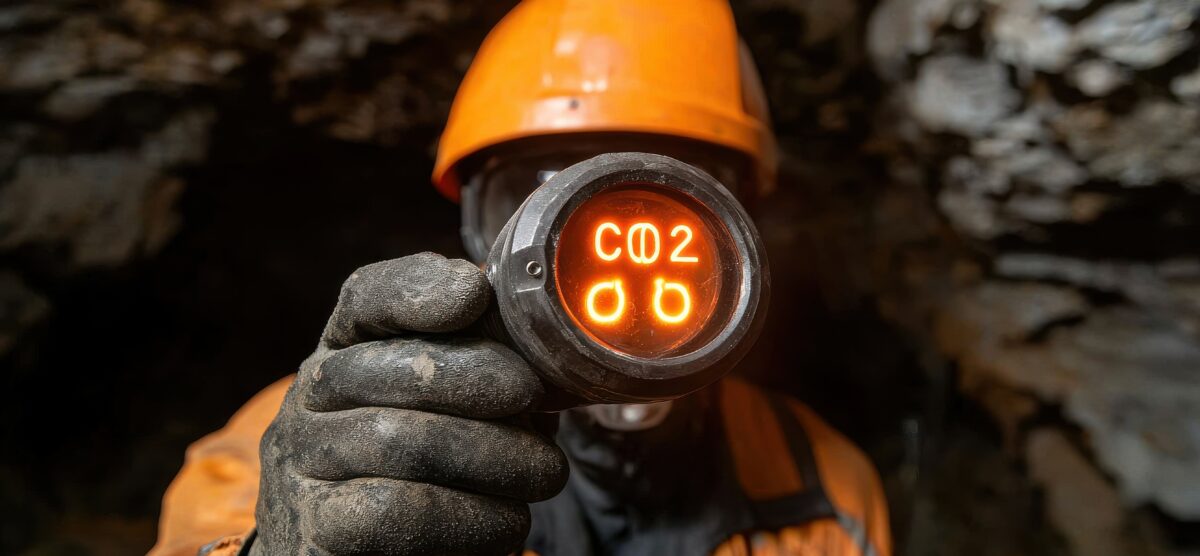
How Do I Select the Appropriate Gas Detector for My Worksite?
Selecting the right instrument starts with identifying known and credible potential hazards, then matching the detection method to the environment and task. Use the examples below as a guide for aligning technology to risk and conditions.
- Handheld testers: simple, immediate spot checks for quick screening when power or electronics are impractical.
- Electrochemical sensors: ideal for many toxic gases, including carbon monoxide and hydrogen sulfide, with sensitivity in occupational ranges.
- Oxygen sensors: indicate oxygen deficiency or enrichment, a critical control for confined spaces and inerting operations.
- Catalytic bead sensors: detect flammables near lower explosive limits but need oxygen and can be poisoned by certain contaminants.
- Infrared (IR) sensors: strong for combustible gases in low-oxygen or dusty settings and resistant to some poisons.
- Photoionization detectors (PIDs): sensitive to VOCs and harmful vapors at very low concentrations for early detection.
- Fixed, area, and personal monitors: combine continuous area coverage with worker-worn devices for comprehensive protection across spaces and tasks.
Calibration, Bump Tests, and Ongoing Maintenance
Even the best monitors fail without routine functional checks and calibration against known concentrations.
- Bump test: a quick exposure to test gas verifying sensor response and alarm function before use.
- Calibration: adjustment to known reference gas to restore accuracy after drift, environmental stress, or sensor aging; never use expired test gas.
- Program essentials: documented schedules for zeroing, bump tests, calibration, filter and battery changes, plus verification that alarms are active and audible.
How Can Training Enhance Gas Detection Safety?
Technology reduces risk, but competency prevents misuse, workers must understand sensor limitations, sampling strategy, alarm responses, and when to evacuate. Supervisors should reinforce correct use with policies, refreshers, and drills so monitors are checked, worn, charged, and respected as life-saving equipment, not ignored accessories. Programs that integrate equipment, procedures, and training provide layered defenses that stand up to dynamic jobsite conditions and confined space hazards.

Ready to Master Gas Safety?
BIS Safety Software’s Gas Detection Safety Training course teaches gas behavior, selection and use of detectors, zeroing, bump tests, calibration, and practical monitoring in about 75 minutes. Additional gas detection equipment training explores handheld versus continuous monitors, placement strategies, and maintenance routines to keep instrumentation reliable on the job. Equip your team with the skills to select, position, and maintain detectors and to act decisively when alarms trigger so hidden hazards are identified before harm occurs.



